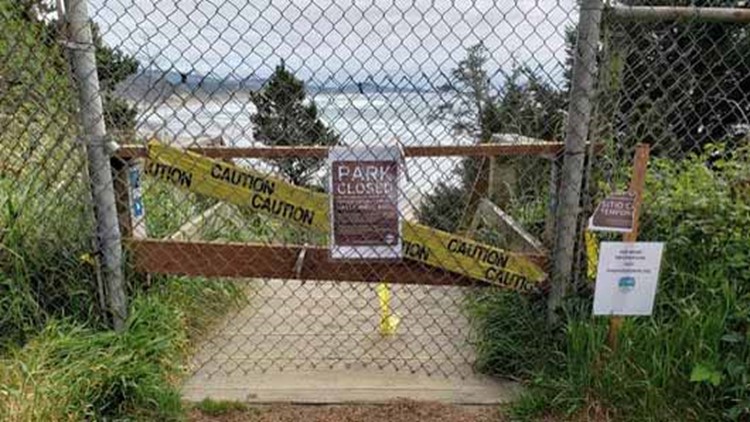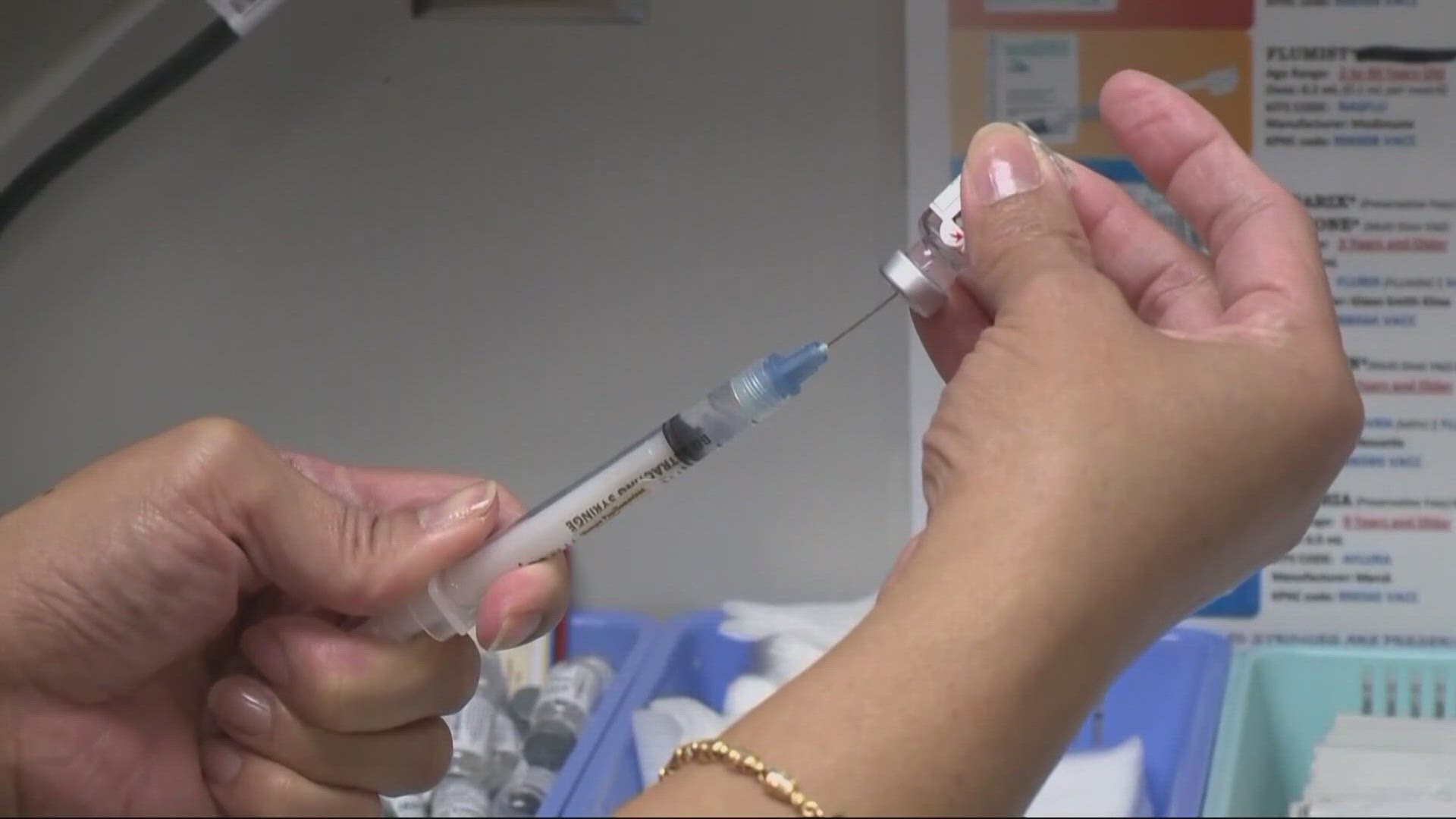SALEM, Ore. — Now comes the difficult part.
It's been almost exactly a month since an unprecedented shutdown of the state’s outdoor recreation sites to contain the spread of novel coronavirus.
Few measures have been more controversial than the closure of boat ramps, trailheads and state parks. And with COVID-19 cases stabilizing and talk of reopening the state in the headlines, Oregonians are clamoring to get back to the beaches and forests.
President Donald Trump offered tantalizing news on Wednesday, announcing that “in line with my administration's guidelines for opening up America again, we will begin to reopen our national parks and public lands for the American people to enjoy."
But conversations with land managers across Oregon indicates that action is just beginning. None of the closed areas have yet reopened.
Oregon officials said the soonest they'll have a plan in place to reopen recreation sites, such as state parks, is the first week of May. And it won't happen all at once.
A committee is being formed that will plan how and when to reopen the state's recreation sites, likely following a tiered system. Mayors and Commissioners of towns on the Oregon Coast are meeting next week as well.
"We need three things: park rules that reduce the transmission of coronavirus, staff who are trained and equipped to serve the public safely, and local community support for a limited opening of state parks," Oregon Parks and Recreation Department spokesman Chris Havel said. "People just need to sit tight until May."
Havel said Oregon's state parks system would reopen day-use first, followed by camping "when the larger social conditions are right," he said.
"We don’t yet know which places will be re-opened first, or what kind of limited services they will offer when they do," Havel said.
The most complex place for reopening will likely be the Oregon Coast.
“Because the coast is such a vacuum for tourists, recreational openings will have to be incremental and coordinated,” Warrenton Mayor Henry Balensifer said. “I do know many parts of the state are eyeing the coast for how to manage reopening in a tourist-heavy area. It will be tricky for sure.”
Federal officials, who manage Oregon's vast national forests and desert lands, said they're likely to reopen in stages as well. For example, facilities in more remote parts of the state could reopen sooner.
But closures are unlikely to lift until Oregon Gov. Kate Brown alters her “stay home, save lives” executive order.
“As Oregon lifts stay-at-home executive orders, we will be working with state and local health agencies to transition Forest Service operations and services as local conditions warrant,” Forest Service spokesman Jon Mcmillan said.
Oregon's outdoor closures have sparked widespread frustration with hundreds of people entering closed areas, risking citations from police. The primary gripe is that there's little evidence the coronavirus spreads in an outdoor environment the way it does indoors, and that it's hypocritical to keep golf courses open while closing remote trailheads.
State officials counter that the whole point of the closures is to keep people close to home and stop them from spreading the virus, often unknowingly, into rural communities. Even if they're outdoors, there's a good chance they stop for supplies and gas en route.
Local doctor and avid hiker and mountain climber Leslie Drapiza said it was important for Oregon to find the right balance in reopening the outdoors.
“No one can deny that being outdoors in the sunshine is good for our immune systems and I still recommend this to my patients regularly during this time of social distancing. I have to remind patients that they can still go outside,” said Drapiza, a physician at Lancaster Family Health Center in Salem who has been working on the frontlines of the pandemic.
“I still believe playgrounds and bathrooms should remain closed because of the high touch surfaces and risk of transmission," Drapiza said. "But there is such a minute (but not zero) risk of contracting the virus from someone outdoors who is 6 feet away.
“There will be no way to keep everyone happy and I’m sure there will be critics from both ends of the spectrum — one saying it’s irresponsible to reopen and the other wanting to exercise their freedoms.
"But there’s gotta be a middle ground," Drapiza said. "... One where we can get the benefits of recreation, refueling and mental health that the outdoors provides for so many Oregonians."
Havel said that even when Oregon's state parks and campgrounds reopen, people shouldn't expect business as usual.
"Things will be different," he said. "Respecting physical distance means some parks will require people to act differently so congestion is kept to a minimum. The last thing we want is for Oregon to backslide on the progress it has made, because that path leads to re-closing parks. Our strong advice after re-opening is going to be: enjoy the state parks closest to your home."
Zach Urness is the author of “Best Hikes with Kids: Oregon” and “Hiking Southern Oregon.” He can be reached at zurness@StatesmanJournal.com or (503) 399-6801. Find him on Twitter at @ZachsORoutdoors.
This article was originally published by the Salem Statesman Journal, one of more than a dozen news organizations throughout the state sharing their coverage of the novel coronavirus outbreak to help inform Oregonians about this evolving health issue.



